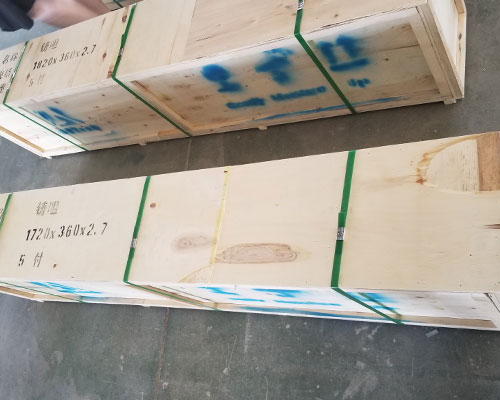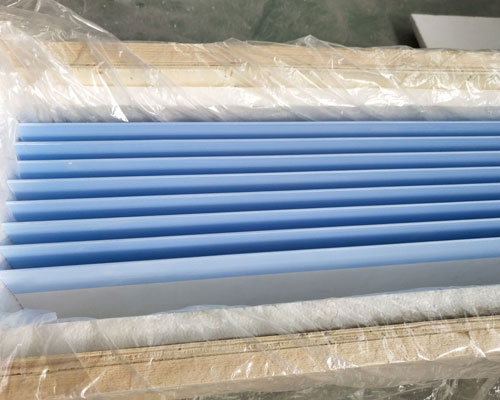The casting tip is directly connected to the roll gap, filling the aluminum melt between the casting roll gaps steadily and evenly. It not only ensures the balance distribution of the aluminum liquid, but also the balance distribution of the temperature of the aluminum liquid, and the melt It causes additional pollution, which is extremely important to ensure the dimensional accuracy, microstructure and surface quality of the cast-rolled sheet.
Requirements for ceramic fiber castertip materials: good heat preservation performance, moisture absorption resistance; sufficient strength and rigidity, easy for mechanical processing; good chemical stability, no pollution to aluminum melt; good resistance to temperature change, low linear expansion coefficient. Does not deform or crack due to the sharp rise and fall of temperature.
Making of the casting tip
According to the width and thickness of the cast-rolled strip, determine the size of the nozzle and the opening of the nozzle fan. The dimensional accuracy and surface roughness must be ensured during processing, and obvious potholes and protrusions are not allowed, especially the inner surface of the nozzle must be guaranteed.

Nozzle structure
The streamline distribution of the aluminum melt in the mouth should be reasonable and there should be no dead ends. Slabs with a width below Im adopt a single lambda nozzle, and slabs above 1m can adopt a double-entry structure. In recent years, in order to further improve the flow field and temperature field in the nozzle, the distribution arrangement in the nozzle has been greatly improved. There are one-stage, two-stage and three-stage structures.
After the casting nozzle is processed and assembled, it needs to be placed in a heating furnace to preheat and keep it warm. Generally, the preheating temperature is about 100℃, and the holding time is more than 4h. However, for the nozzle material that has certain moisture absorption properties and may generate crystal water, it needs to be heated to 350°C and keep warm. The high preheating temperature can easily cause the deformation of the casting nozzle.

